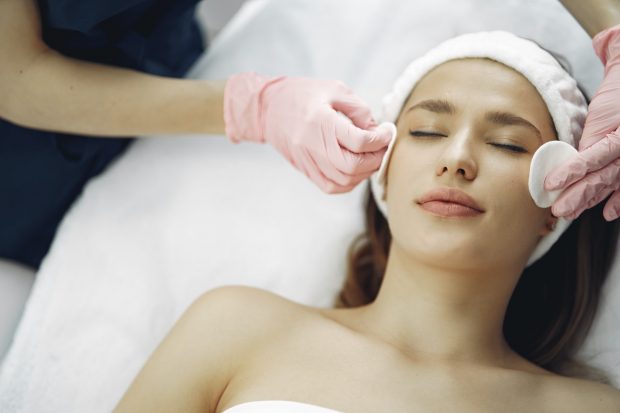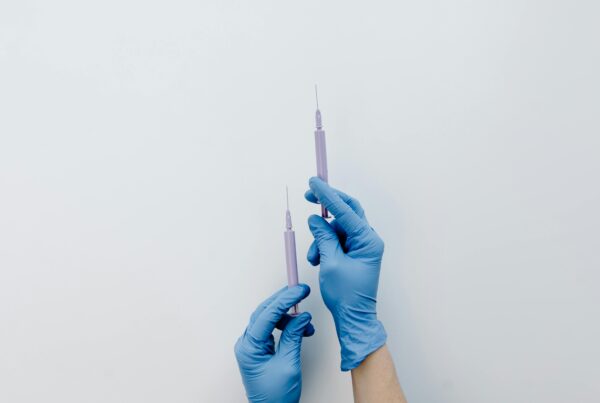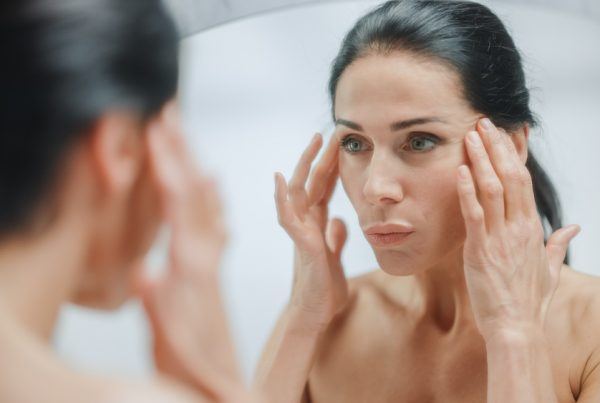Dermabrasion is a popular cosmetic procedure that helps to improve the look and feel of the skin. This treatment uses a special tool to remove the top layer of skin and reveal smoother, younger-looking skin.
In the UK, skin health is a major concern, with studies showing that over 60% of the population suffers from some form of skin problem. Dermabrasion in London is becoming increasingly popular as a solution to these skin issues.
This guide will tell you everything you need to know about dermabrasion in the UK, including what it is, how it works, and how to take care of your skin afterward. Longevity Live Paid Content.
What is Dermabrasion?
Dermabrasion is a cosmetic treatment that gets rid of the top layer of skin using a special tool. It makes the skin look smoother and younger and can help with scarring, wrinkles, and hyperpigmentation. During the treatment, a licensed professional will use a dermabrader to gently remove the top layer of the skin. The treatment can take anywhere from a few minutes to an hour, depending on how big and where the area being treated is. After treatment, the skin may be red and sensitive for a few days, but you can resume your usual activities within a week.
Why Dermabrasion?
People opt for dermabrasion to improve the appearance of scars, wrinkles, and hyperpigmentation. It can also help reduce the appearance of fine lines and sun damage. Dermabrasion is particularly effective for those with acne scars and uneven skin texture. The treatment removes the top layer of skin, stimulating collagen production. It also improves the overall texture and tone of the skin. It can also be used to treat age spots and sun damage, giving the skin a more youthful appearance. Dermabrasion is a minimally invasive procedure that requires little downtime. Most people can resume their normal activities within a week after treatment.
The Dermabrasion Procedure: What to Expect
Dermabrasion is a cosmetic treatment that removes the top layer of the skin using a special tool. Here is an overview of what to expect during a dermabrasion session:
- Your doctor will clean the skin and apply numbing cream to the treated area to reduce discomfort.
- Next, they will use a dermabrader tool to gently remove the top layer of the skin. The tool can be adjusted to fit different skin types and areas of the face.
- The procedure can take anywhere from a few minutes to an hour. That depends on the size and location of the area being treated.
- After the procedure, the skin may be red and sensitive for a few days. You may feel some discomfort or swelling, but this is a normal reaction. If the pain is too strong, take a pain reliever.
- Your doctor may recommend applying a topical ointment or cream to the treated area to help it heal and prevent infection.
- To protect the new skin, you should avoid the sun and wear sunscreen for several weeks after the procedure. You can resume your usual activities within a week after treatment.

Photo by Gustavo Fring from Pexels
Regulatory Aspects of Dermabrasion in the UK
In the UK, dermabrasion can be done by different professionals, including:
- dermatologists
- plastic surgeons
- licensed aestheticians
However, there are no specific regulations about who can perform the procedure or the safety standards that must be followed. This means that the standards of care can vary significantly between clinics and professionals.
Choosing a Clinic or Professional in the UK
When choosing a clinic or professional for dermabrasion, do your research beforehand. Here are some tips to help you:
- Look for clinics that are registered with the Care Quality Commission (CQC). The CQC regulates healthcare providers in England. They ensure that clinics meet certain standards of quality and safety.
- Check out clinics or professionals under the British Association of Aesthetic Plastic Surgeons (BAAPS) or the British Association of Cosmetic Nurses (BACN). These groups have strict codes of ethics and conduct that members must adhere to.
- Read reviews from previous patients to get an idea of their experiences with the clinic or professional. This can help you get a sense of their level of expertise and professionalism.
- Ask for before-and-after photos of previous patients to see examples of their work.
- Schedule a consultation with the clinic or professional before committing to the procedure. Ask questions and get a better sense of their qualifications and experience.
Aftercare Tips
To ensure the best results and proper healing, here are some aftercare tips to follow:
- keep the treated area clean and dry
- avoid touching or picking at the treated area
- apply a cool compress or ice pack to reduce swelling and discomfort
- avoid sun exposure and wear sunscreen
- use a gentle cleanser and moisturizer on the treated area
- avoid using harsh scrubs or exfoliants on the treated area
- follow any additional aftercare instructions provided by your doctor or licensed professional
Conclusion
Dermabrasion is a safe and effective cosmetic treatment that can help improve the appearance and texture of your skin. It removes the top layer of skin to reduce the appearance of scars, wrinkles, and hyperpigmentation. It also stimulates collagen production, leading to better overall skin texture and tone. If you want to improve your skin’s health and beauty, dermabrasion may be the right solution for you.



![women [longevity live]](https://longevitylive.com/wp-content/uploads/2020/01/photo-of-women-walking-down-the-street-1116984-100x100.jpg)










